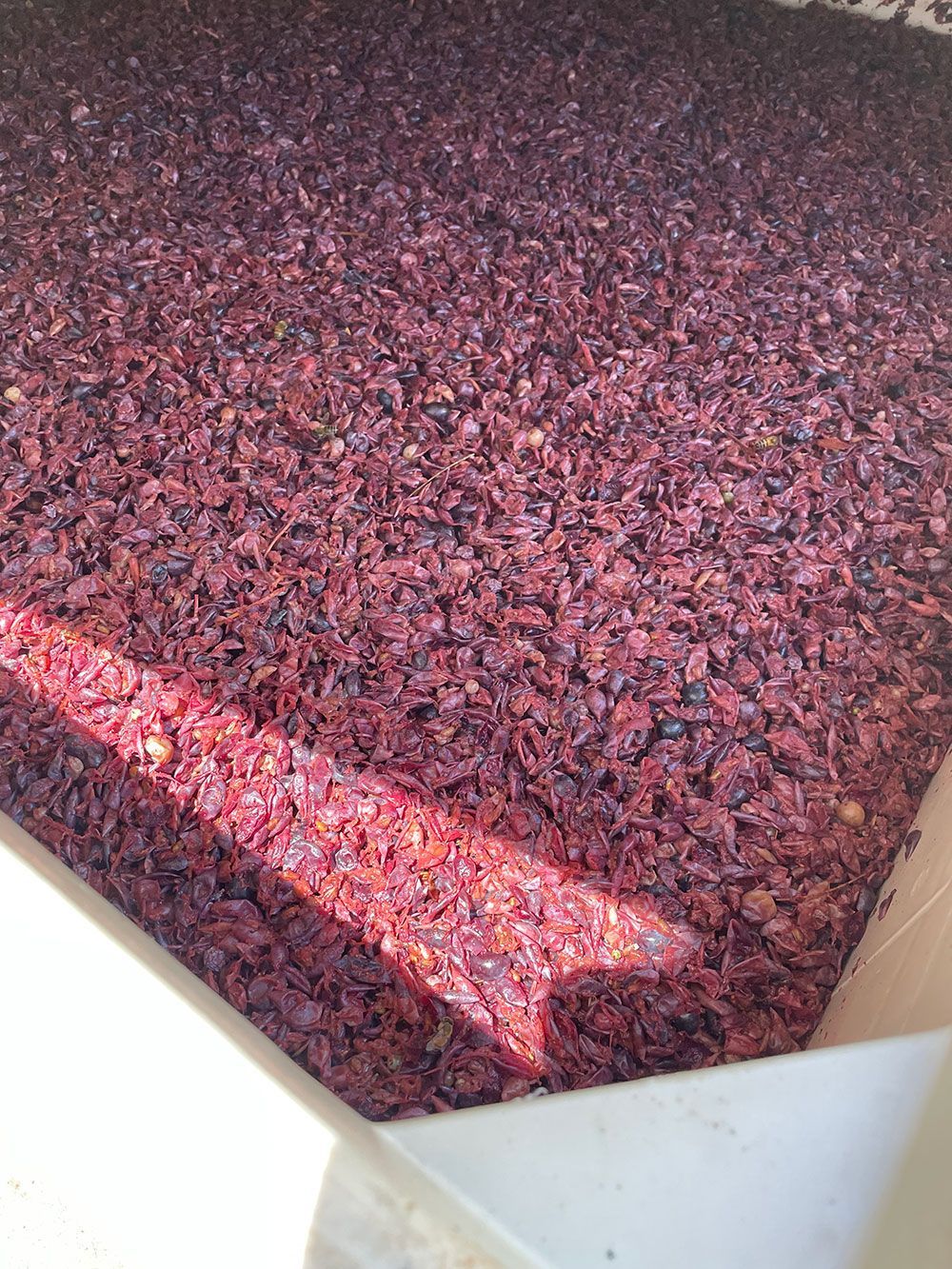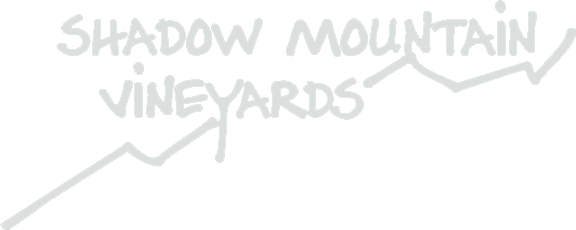The Vineyard
The Ideal Environment
The vineyards at Shadow Mountain are planted around 3,300 feet above sea level. The vines grow in rocky soil that has been infused with a balance of minerals and pH levels. The location and direction of each row has been carefully selected for optimal growth and protection from the elements. The environment is harsh and unforgiving; but in the right hands, it becomes ideal for growing the grapes that make award-winning wine.
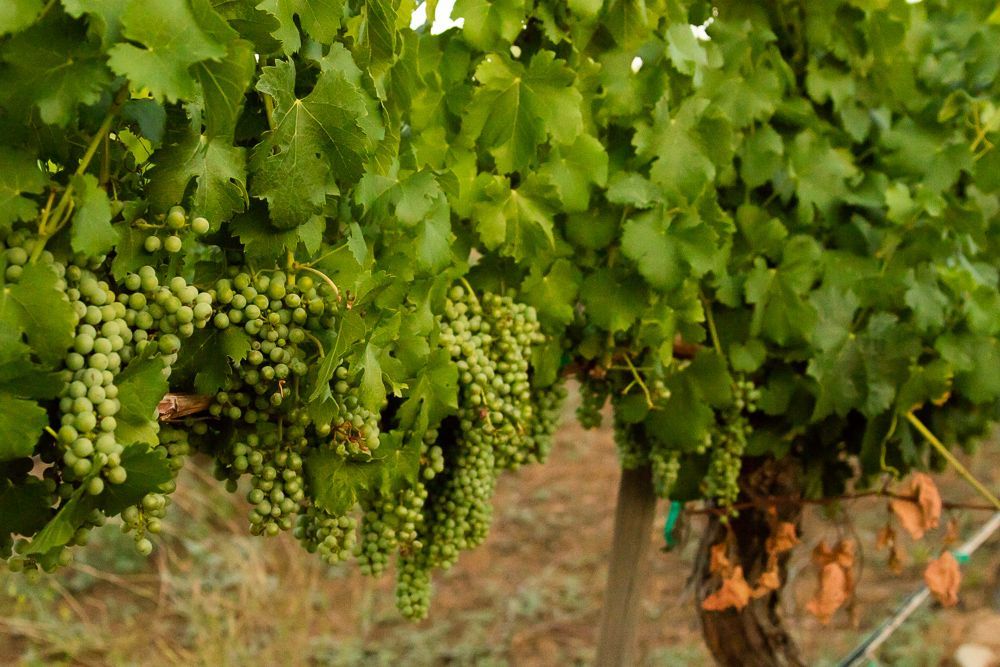
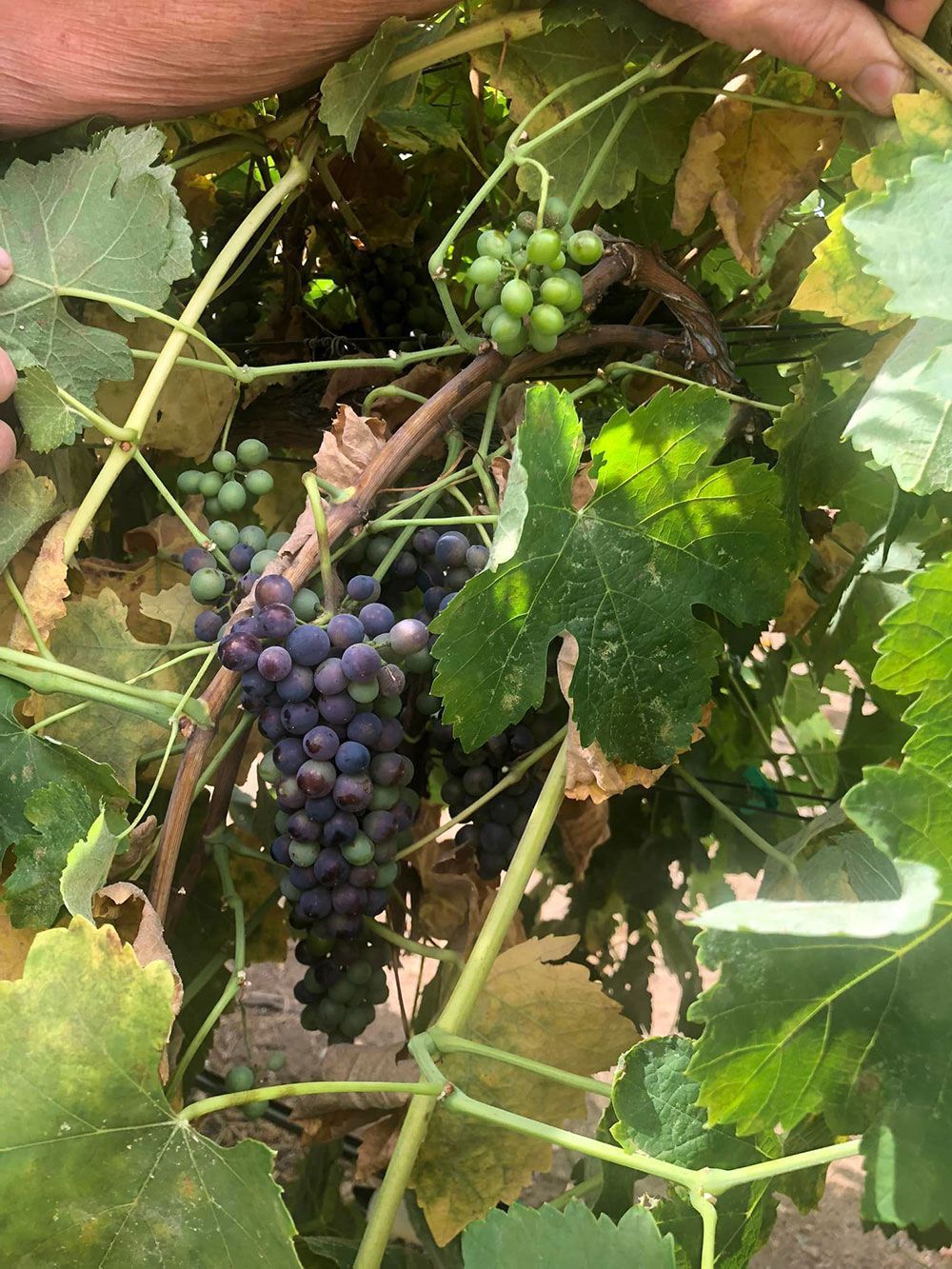
Our Story begins in 1945
Our oldest vineyard was planted in 1945 by Italian-born Gus Mase and his wife Helen. It was the climate, much like the area of Italy where Gus was born, that convinced them to settle down on Sunshine Summit. The warm, dry climate and the sunny hillsides were the perfect place to plant their roots. And those roots still run deep.
The second generation of the Mase family continued in this family tradition. They expanded significantly in the 1960's and 1970's by planting more vineyards and laying the groundwork to open a commercial winery in the future. Though it wouldn't be until the 1990's when the next generation of owners—Alex and Pam McGeary—made this vision a reality.
Many years have passed since the original plantings, yet even after all this time, Gus and Helen's fingerprints can still be seen everywhere at Shadow Mountain Vineyards. Their original vineyard still produces the wine that bears Gus's name. The spirit they brought from the old world carries on in the low yield, high quality production of the vineyards.
The Lay of the Land
Today, we have 9 vineyards on the property that are growing 16 different grape varietals, and with grapes from the 2 external properties (4 vineyards) we manage, we end up producing 16 different Estate wines - some blends and some single varietals (meaning they contain no less than 75% of the grape varietal named on the label). Each vineyard needs to be carefully planned and managed, as each is planted at a slightly different altitude and orientation, and each varietal has its own needs for water, sunlight, airflow, nutrients, and ripening.
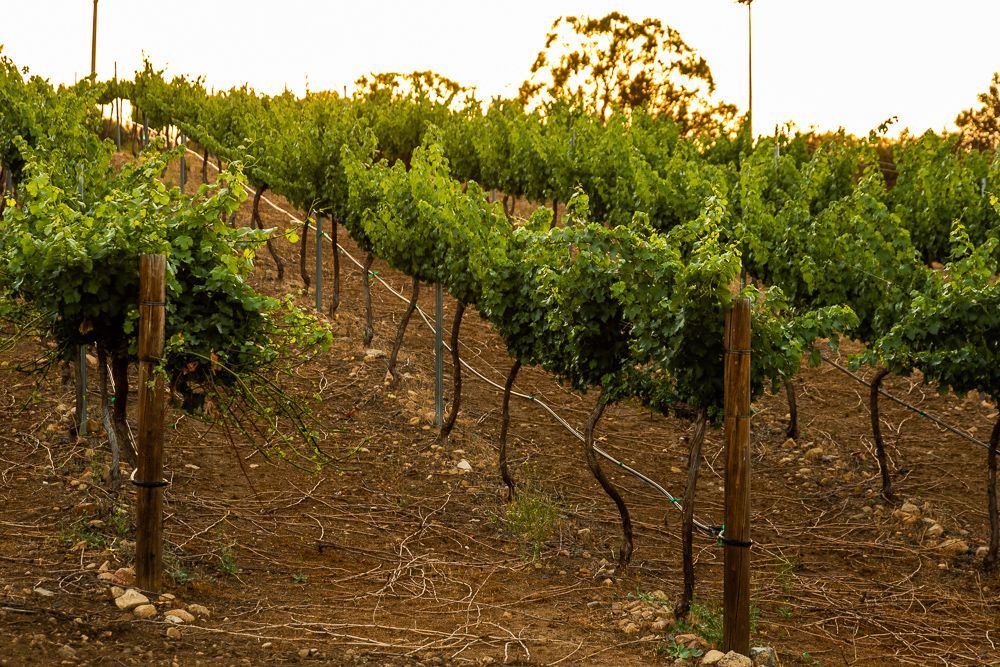
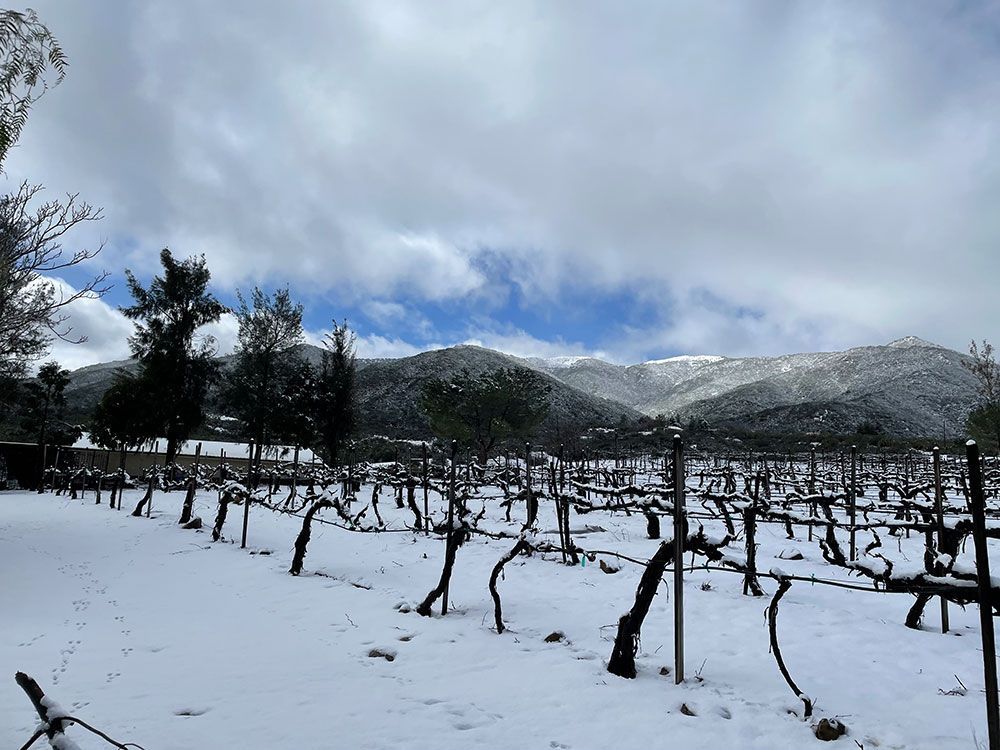
High Altitude Viticulture
Growing grapes at 3,300 feet keeps the fruit fresh and limits over-ripening. This results in wine with delicate aromas and more nuanced expressions.
However, it also comes with its unique challenges. Heat spikes can dramatically increase the sugar content in the fruit and force us to harvest early. Frost in Spring is also a very real danger this high up, as is damage from monsoonal storms.
Constantly monitoring the vineyards is the price we pay for exceptional wine.
Quality beats quantity
Typically, the lifespan of a vineyard is 25-30 years. A vine is most productive between 8-15 years old. After this, and up to 30 years, the quantity of fruit produced drops significantly, while the quality of the fruit rises.
We have vineyards planted in the 1940s, in the 1960s, the 1970s, and each decade after that, so we are currently a low-yield / high quality producer. And - at high altitude - there's no competition—the highest quality wine grapes in San Diego are grown right here.
